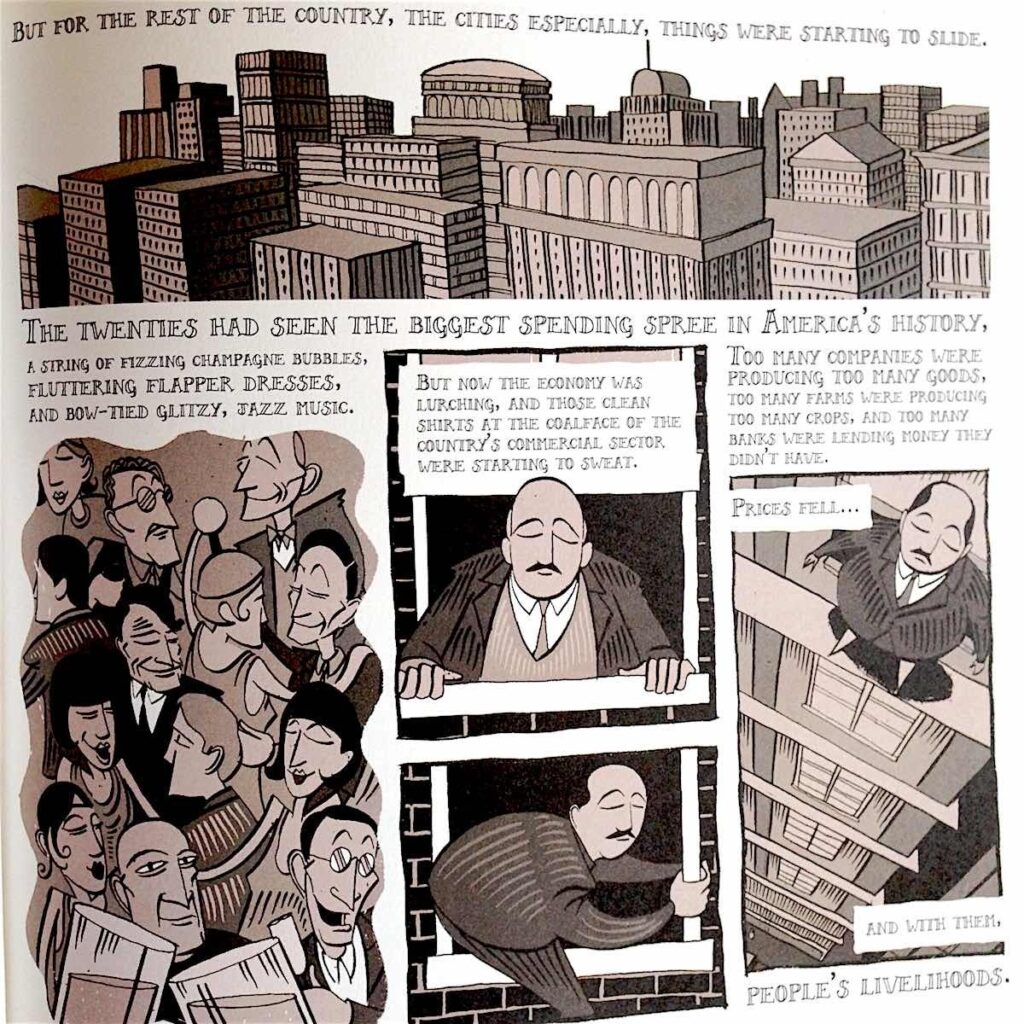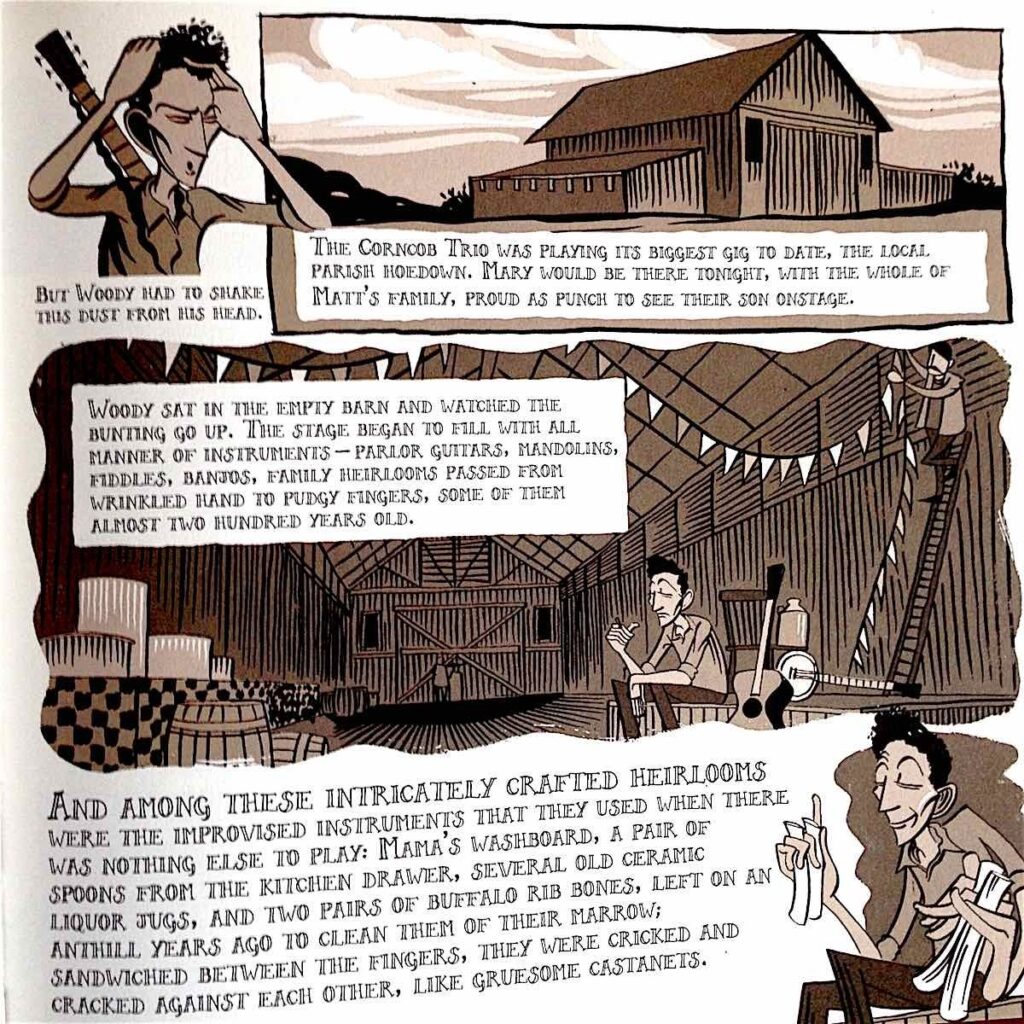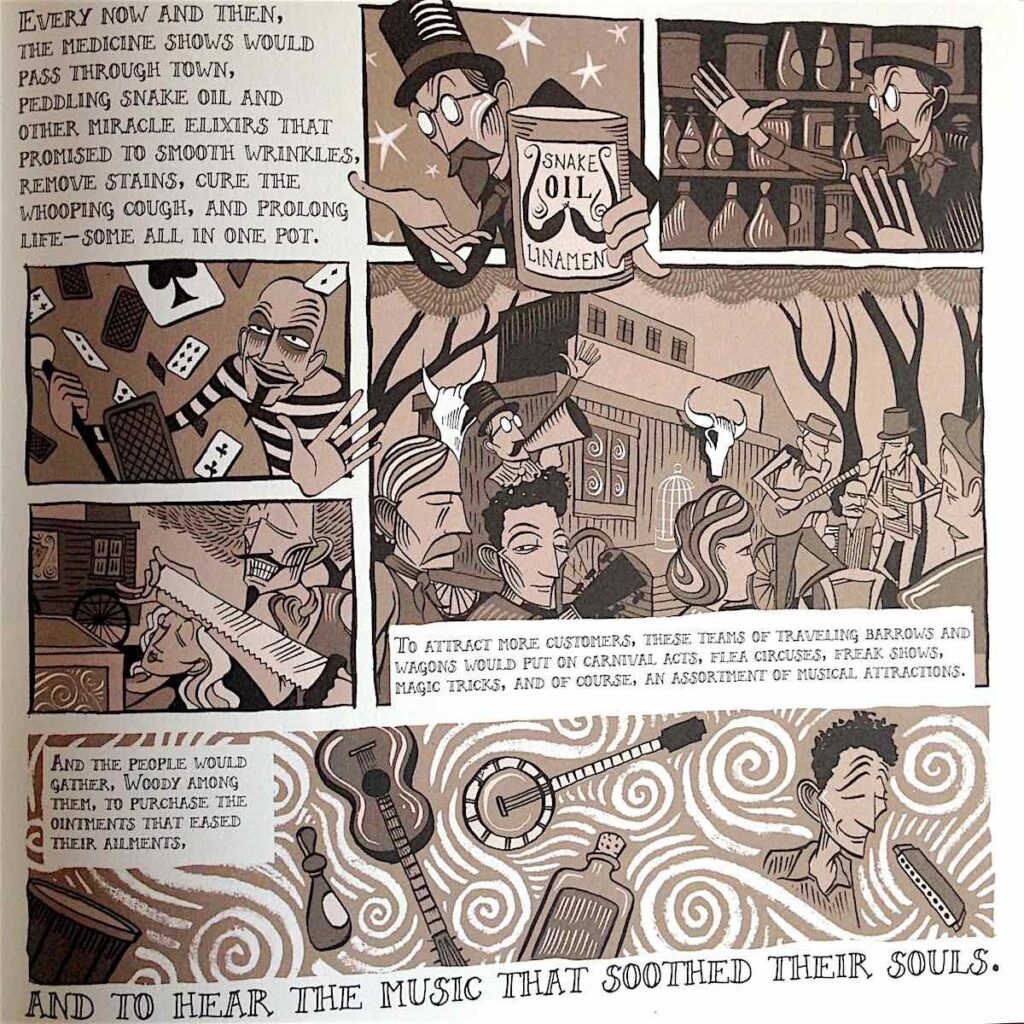Future Survey
Best digest of the future
As the future arrives, it gets harder to keep up. Here is how the professional futurists run in front of the curve: they read Future Survey. Global Business Network (a scenario-practicing consultancy to which I belong) sends a copy each month to all its network members.
Every 30 days, Michael Marien summaries the current crop of future-oriented books and articles. Because he seems to read and see EVERYTHING published in the realm of the Next, no matter how obscure or academic, his comparative evaluations of books are astoundingly useful. Each issue I usually discover one or two great works of forecasting I had not known about. But more importantly, Future Survey extracts the key ideas from piles of mediocre books — books I no longer have to bother with. Marien synthesizes these reviews into emerging notions, which then become indispensable for tracking mega trends, not mere fashions and fads. Marien has been doing this for 20 years, and his database of 5,000 reviews (available online) is as good a history of the future as we have. For his almost single-handed crusade to tame the uncertainty of what-is-coming, Marien should get a medal.
Remarkably for such a future-oriented publication, Future Survey is stuck in the paper past. It has no web presence to speak of. Its database of past reviews are only accessible via an extremely clunky and crude search. Nonetheless, its monthly 24-page newsletter is highly evolved and perfect for study and scanning.
— KK
Future Survey
12 issues/year
$98
Available from
World Future Society
Sample excerpts:
The Palgrave Companion to North American Utopias. John W. Friesen and Virginia Lyons Friesen (both U of Calgary). NY: Palgrave Macmillan, April 2004/274p/$35.
“Utopian dreams are badly needed in modern society because our societal worldview is almost entirely devoid of divergent thinking Without utopian dreams and `what if’ conceptualization, society would be philosophically impoverished.” Our society is ripe for a new view of utopian living. This book examines how a utopian society can be formulated and brought to fruition, and tells the stories of thousands of optimists in various generations who dreamed up utopias and were willing to make great sacrifices. Some designed utopias were communal, others were not; some had religious foundations, others did not; most were agriculturally based, but others successfully operated on the edge of technological advance.
Chapters discuss the concept of utopia, the need for utopia, Oberlin College (founded in 1833 with strong communal overtones, it has been a leader in many respects), migrant utopias, the Mennonites (>1 million in 37 countries, including 320,000 in the US and 124,000 in Canada; a photo of John Friesen’s Mennonite grandparents is included), the Amish (>150,000 in North America, in 230 separate communities), Sudeten Germans and Doukhobors in Saskatchewan, the Amana colony in Iowa, the Shakers, the Zoar society in Ohio, Fourierism in the US (divided into some 40-50 phalanxes, each with a common building housing some 1,600 individuals), the Village of Harmony in Pennsylvania, Robert Owen’s New Harmony in Indiana, unorthodox communes (Ephrata, Oneida), the back-to-the-land movement of the 1960s, the Bruderhof, The Farm in Tennessee (strict vegetarians living in harmony with nature; operating since 1971), New Age communes (seven examples provided), and still-functioning Hutterite communalism (“the successful operation of a 471-year experiment”).
Some specific factors that assure the longevity of utopian experiments: 1) Leadership: leaders must be capable and charismatic individuals who are representative of their constituency, elected by the membership, subject to periodic review, and replaceable if necessary; 2) Strong Boundaries: effective communities have physical, social, and behavioral boundaries that provide a satisfactory and meaningful lifestyle (Amana and Zoar contributed to their demise by encouraging extensive outside contact); 3) Credal Loyalty: a strong belief system is essential, with a balance between fervency and laxity, and an institutional life that is structured but not stifling. [NOTE: A thorough and engaging history and analysis of separatist little utopias. For whole-society and whole-world utopian thinking, see Picture Imperfect: Utopian Thought for an Anti-Utopian Age by Russell Jacoby (Columbia U Press, May 2005; FS 27:5/213) and Viable Utopian Ideas: Shaping a Better World edited by Arthur B. Shostak (M.E. Sharpe, 2003; FS *25:2/078).] (utopias in US and Canada)
*
The Future of Sport, Robin Gunston (Chair, New Zealand Futures Trust) in H. Didsbury (ed), Thinking Creatively in Turbulent Times (WFS Conference Volume, July 2004), 215-224. (Similar version in The Futurist, Jan-Feb 2005, 31-36.)
Some key trends leading to different possible futures for sports: 1) Sport as Entertainment: sport at top level has become almost completely show biz, with the cult of the individual, high salaries, games presented as spectacle, less sportsmanship, and more emphasis on winning (many sports bodies, participants, and viewers are resenting the intrusion of the TV scheduler and advertisers into the flow of the game); 2) More Individual Sport: a trend associated with changes in work-life balance and the culture of individualism; the serious fitness addict or sporting person is turning to individual pursuits such as marathons and personal fitness regimens; 3) Business Owners Demanding Return on Investment: most team sports are in professional leagues and managed as business franchises; owners press demands on coaches and players that create a win-at-any-cost mentality; 4) Sport as Big Business: a vast increase in sports sponsorship; 5) Enhanced Performance: more use of designer drugs, weight training, and, soon, genetic enhancement; 6) High-Tech Equipment: shoes designed for various sports, computerized analysis systems in auto and yacht racing, specially designed field event equipment.
Some key drivers of change in sport: the blurring distinction between work and leisure, the drive for instant entertainment, the growing power of sports governing bodies, and the loss of core values in society. From these drivers, four possible long-term scenarios are sketched: 1) Religiosport: major sports replace conventional religion with shrines (stadiums), rituals, high priests, piety (fan loyalty), and actively condoning violence against rival sects (teams); 2) Machosport: associated with the worst forms of idolatry, individual sports people become popular idols, and the ideal of modern man or woman; 3) Technosport: developing when winning is everything and ethics counts for nothing; sport managed entirely by large businesses; 4) Valuesport: an end to the big business of organized team sports and events, with advertising no longer linked to sports and all teams backed by their community; the preferred future of large sports events may not be the Olympics, but “Global Community Games” backed by a growing values-based movement. (sport trends and scenarios)
09/23/05
























